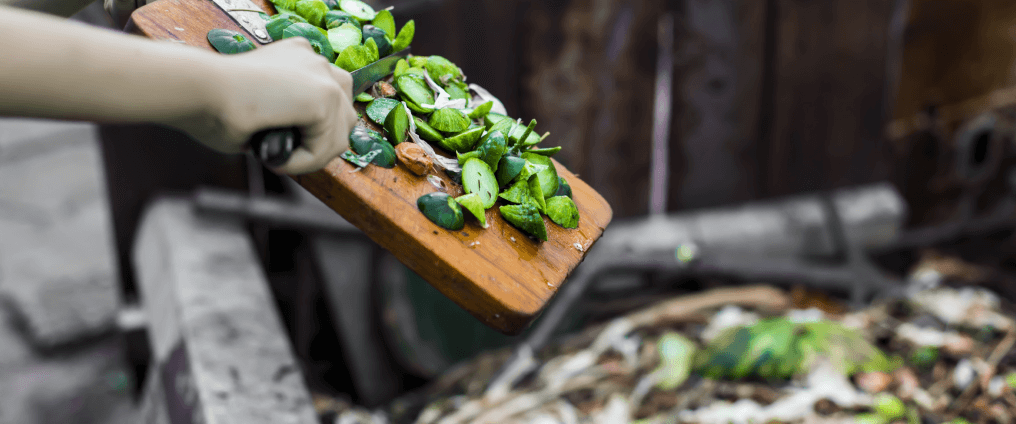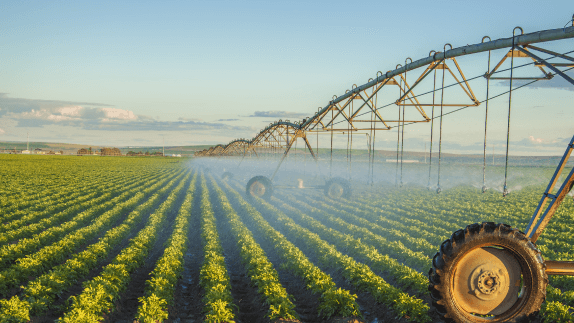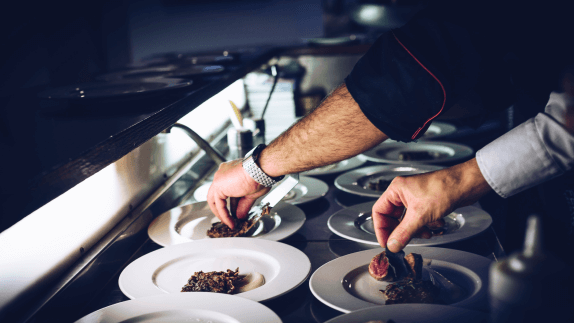
The Courtauld Commitment is a voluntary agreement between grocery industry players that aims to reduce food packaging waste and household food waste. Over its first three phases, running from 2005-2015, the commitment is expected to deliver savings of £3 billion, as well as reducing waste by 4 million tonnes and CO by 11 million tonnes.
Looking to apply circular economycircular economyA systems solution framework that tackles global challenges like climate change, biodiversity loss, waste, and pollution. It is based on three principles, driven by design: eliminate waste and pollution, circulate products and materials (at their highest value), and regenerate nature. policy to the food and drink sector can be a daunting task. While the scale of waste in the system is apparent to all of us in our daily lives, the industry can struggle to make the system more effective by reducing food losses and retaining the value of packaging after the food it contains has been consumed. Innovations that increase packaging complexity to meet requirements of increased convenience, food safety, and aesthetic value may make after-use handling more difficult (and if it is made easier only at the expense of increasing food waste the situation can be made worse). There is precious little coordination between the designers of packaging and those who deal with it after it has been used.
Progress can be made at different stages of the product’s life cycle between packaging design and waste treatment. However, achieving real progress at scale is difficult without collaboration across the industry. The UK government decided such collaboration would help meet its target for reducing biodegradable waste under the EU Landfill Directive and contribute to its wider policy on resource efficiency. It tasked WRAP, a UK charity that forges public-private agreements to increase resource efficiency, with brokering an industry agreement.
The Courtauld Commitment (so named as it was first discussed at the Courtauld Art Gallery in London in 2005) is a voluntary agreement between grocery retailers and suppliers to reduce household food waste, packaging and supply chain waste. It is based in part on the Packaging Covenant in the Netherlands, a voluntary agreement among packaging producers and importers that ran from 1991 to 1997 and set waste reduction and sectorial recycling targets.
Collaboration along the value chain
Companies signing the agreement agree to take action that contributes towards the overall targets. They also agree to report annually to WRAP on their progress. The business case for companies was built by WRAP on the basis that involvement would open up for them opportunities for increased innovation, potentially reduce their costs, and would cater to their customers’ interest in reducing the amount of packaging they buy, as shown by surveys.
WRAP acts as the independent convener of the agreements. It collects company data on changes in waste, accumulates it for all signatories and publishes independently audited reports annually on the progress of the sector as a whole rather than for individual players. This process not only encourages pre-competitive collaboration between companies, but also requires companies to measure their own performance in detail, often uncovering opportunities for further improvement.
WRAP also ensured that a baseline on waste data was established and that progress towards the targets is rigorously monitored to demonstrate progress to stakeholders. It also provides technical guidelines for businesses to help consumers reduce their food waste by commissioning independent research on, for instance, household waste and its causes.
The commitment consists of several stages, each take between 6-12 months of negotiation between the industry players to establish:
Phase 1 (2005-2010): The aim was to reduce the increase in primary packaging waste and lay down a marker for further work on food waste. Supermarkets and then further brands and suppliers joined the agreement.
Phase 2 (2010-2012): Membership expanded to more brands and suppliers, growing the reach beyond supermarkets’ own brand products. Coverage was also expanded to secondary and tertiary packaging, supply chain waste and household food waste. Targets moved from solely weight-based to include the reduction in the carbon impact of grocery packaging.
Phase 3 (2013-2015): While the focus on the retail supply chain and food waste was maintained, the agreement was extended to include a greater focus on redistribution of unused food to charities.
Reductions in costs, emissions and waste
The industry response to the commitment has been impressive. On packaging innovation, the industry wide effort to develop re-sealable packs to help with reducing food waste was very successful. The Seasonal Confectionary Working Group reduced the packaging on Easter eggs by more than 25%. The GlassRite programme stimulated innovation to overcome technical barriers in reducing the weight of bottles to lower transport costs. Overall the commitments have reduced food and packaging waste, saving money for consumers, businesses and local authorities, and reducing CO2 emissions. The calculation of the carbon emission impacts of waste reduction has helped link those two areas of policy in the UK. While some innovations, such as coffee refill packs, have taken longer than expected to be developed, possibly due to the larger required adjustment in consumer practices, others such as concentrated detergents have arrived more quickly than expected.
Together we are cutting down on waste to deliver £1.6 billion of savings, which is good for consumers, the food and drink sector and local authorities. It’s crucial that we keep reducing waste so we can continue to see significant benefits for businesses and the environment.
- Lord de Mauley, DEFRA Resource Management Minister (2012-2013), commenting on the Courtauld Commitment 3
The result
WRAP has found that the commitments have helped to show that a voluntary approach can deliver real and lasting change. It identifies three main elements of the commitments that have contributed to their success:
Providing a forum for businesses to put aside commercial sensitivities to develop collectively a clear strategic framework and set precise targets. This allows the sector to give clear signals to its suppliers on priorities and level of ambition on packaging.
Setting a clear vision and common goal to encourage real change and stimulate friendly rivalry to push companies further in the same direction.
Including regular reporting to add an element of accountability to the participating companies.
To help internationalise the Courtauld Commitment approach WRAP is working with UNEP (United Nations Environment Programme) and FAO (Food and Agriculture Organization of the United Nations) to encourage the approach to be adapted for use in other countries, for example through the Global Food Waste Reduction Initiatives such as “Save Food” and “Think, Eat, Save”.
The next stage, Courtauld 2025 is being negotiated. WRAP is talking with industry and government to develop proposals to improve the design and sourcing of products, increase efficiency across the product life cycle, help consumers value food more highly, and make the best use of unavoidable waste. This acknowledges that further action will be needed to help the UK tackle major challenges to achieving a more circular food system.
This case study was originally published in December 2015. The results of the third phase of the Courtauld Commitment were published in January 2017, marking the end of the initiative.
In March 2016, WRAP launched the Courtauld Commitment 2025. This new initiative is a voluntary agreement to reduce the environmental impact of UK food and drink sectors along the entire food chain. Further information.






